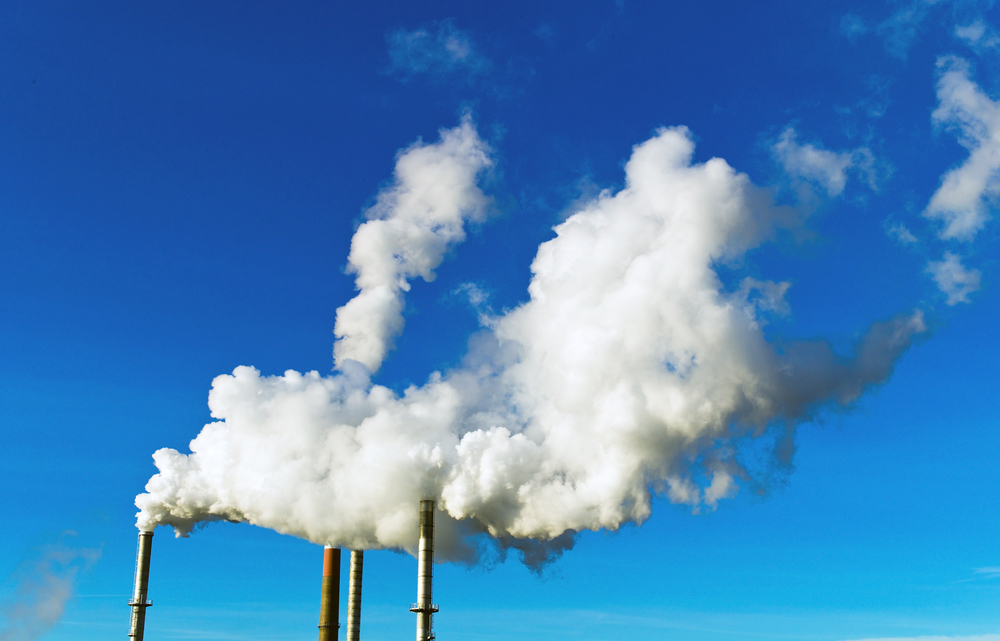The U.S. Environmental Protection Agency (EPA) recently made a significant decision to strengthen air quality standards for PM2.5, a dangerous type of fine particulate matter. This is the first update to these standards in over a decade.
What is PM2.5 and Why is it Harmful?
PM2.5 refers to fine particles measuring 2.5 micrometers or less in diameter. Because of their tiny size, they bypass most of the body's defenses and travel deep into the lungs, even entering the bloodstream and reaching other organs. Exposure to PM2.5 has been linked to various health problems, including:
- Asthma attacks
- Heart and lung disease
- Cancer
- Premature death
Why Update the Standards Now?
Previously, the EPA considered 12 μg/m3 a "healthy" level of PM2.5. However, new research suggests this level can still lead to health issues. The stricter standard of 9 μg/m3 aims to better protect Americans from air pollution's harmful effects.

Improve Your Indoor Air Quality
While the EPA sets standards for outdoor air, indoor air pollution can be 2-5 times higher! Here's how to improve indoor air quality and protect yourself from pollutants:
- Increase Ventilation: Open windows and doors to bring in fresh air. Use exhaust fans in bathrooms and kitchens to remove pollutants. Ensure proper ventilation for gas stoves and fireplaces.
- Control Humidity: Maintain a relative humidity level between 30-50% to prevent dry air and mold growth. Use a dehumidifier or humidifier as needed.
- Invest in Air Purifiers: Consider high-quality air purifiers with advanced filtration technology to remove PM2.5 and other pollutants.
The Importance of Clean HVAC Filters
While the EPA sets standards for outdoor air, indoor air pollution can be 2-5 times higher! Here's how to improve indoor air quality and protect yourself from pollutants, focusing on the power of clean HVAC air filters:
- Change Your HVAC Air Filter Regularly: This is the most crucial step. A clean air filter traps PM2.5 and other pollutants before they circulate through your home. Follow the manufacturer's recommendations for replacement frequency, which is typically every 1-3 months depending on your filter type and home environment.
- Choose the Right Filter: Not all air filters are created equal. Consider investing in a high-quality pleated filter with a MERV rating (Minimum Efficiency Reporting Value) between 13-16. These filters are more effective at capturing PM2.5 compared to standard fiberglass filters.
Additional Tips for Cleaner Indoor Air:
- Clean Regularly: Dust, allergens, and household pollutants build up on floors, furniture, and bedding. Regular cleaning helps manage these.
- Choose Green Products: Opt for eco-friendly cleaning supplies, paints, and pesticides to avoid harsh chemicals in your home.
- Test for Radon: Radon, the second leading cause of lung cancer in the US, can seep into homes. Use inexpensive radon testing kits to check your air quality.
- Maintain Your HVAC System: Regular maintenance and filter replacements ensure your system functions properly, maximizing airflow and filtering larger pollutants.
- Embrace Houseplants: While not a substitute for air purifiers, some plants (ficus, ferns, spider plants) can slightly improve indoor air quality. Avoid overwatering to prevent mold growth.
- Minimize Indoor Smoke: Whenever possible, keep smoke outside. Limit activities that create smoke indoors, such as burning incense or using fireplaces.
READ MORE: All About Indoor Air Pollution
Stay Informed:
To learn more about the EPA's air quality standards, you can visit their website.
By implementing these strategies alongside the EPA's stricter air quality standards, we can breathe easier both indoors and outdoors.
Not sure what type of air filter to choose? Check out our guide to selecting the right HVAC air filter for your needs. Breathe easier at home with clean air you can trust!
Additional Resources:
The American Lung Association also has a great resource page on PM2.5.
You can find your local air quality index here.
Sources:
READ ARTICLE

.webp)
.webp)
.webp)
.webp)








